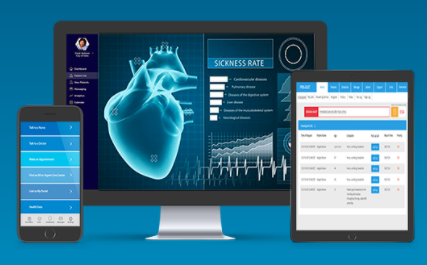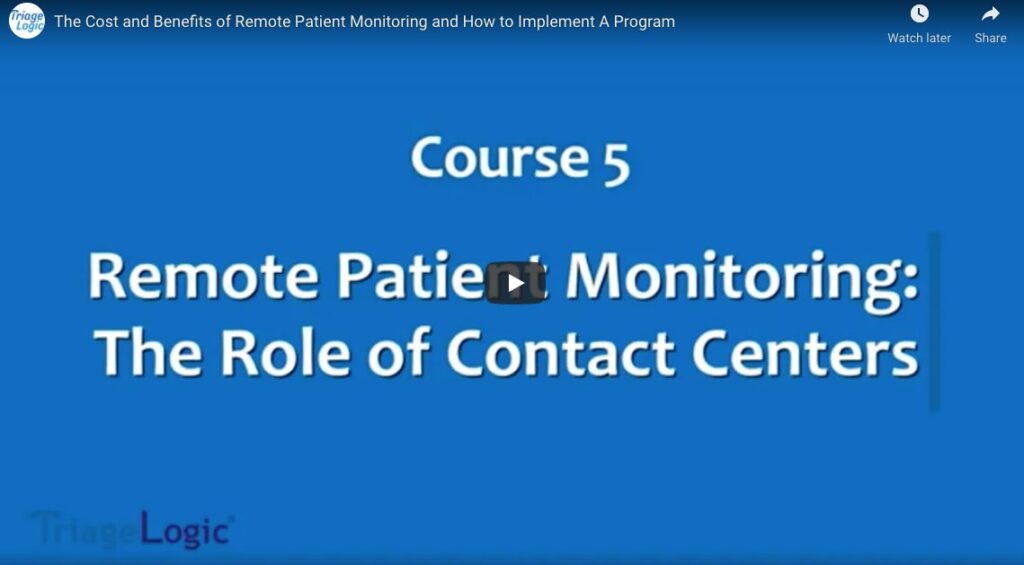
Course 5: The Cost and Benefits of Remote Patient Monitoring and How to Implement a Program
Course 5 focuses on remote patient monitoring (RPM). Remote patient care typically means providing assistance to patients over the phone. Remote patient monitoring takes care one step further and helps doctors collect and evaluate data from patients regularly using an electronic medical device. RPM is starting to gain traction by many in the medical field because it improves patient care. Many of these devices are able to capture data that is not necessarily observed by the patient. As a result, providers are able to monitor important vitals and intervene before a patient even presents a concerning symptom. This cuts down on both morbidity and mortality while saving costs and decreasing Emergency Room (ED) visits. A recent article in the Center for Technology and Aging asserts that the healthcare industry “could reduce its costs by nearly $200 billion during the next 25 years if remote monitoring tools were used routinely in cases of congestive heart failure, diabetes, chronic obstructive pulmonary disease (COPD), and chronic wounds or skin ulcers.” There are many questions for providers and hospitals to ask themselves as new technology continues to become available. Technology is an investment and changes to existing systems require effort. Is remote patient monitoring worth it, and will it soon be the standard of care for chronically ill patients? What are some requirements to consider while setting up a RPM program?
The course explores the following topics:
- What is remote patient monitoring (RPM)
- What are the benefits of a RPM system to the patient and the provider?
- How can doctor offices implement a program by using clinical and non-clinical
contact centers?

